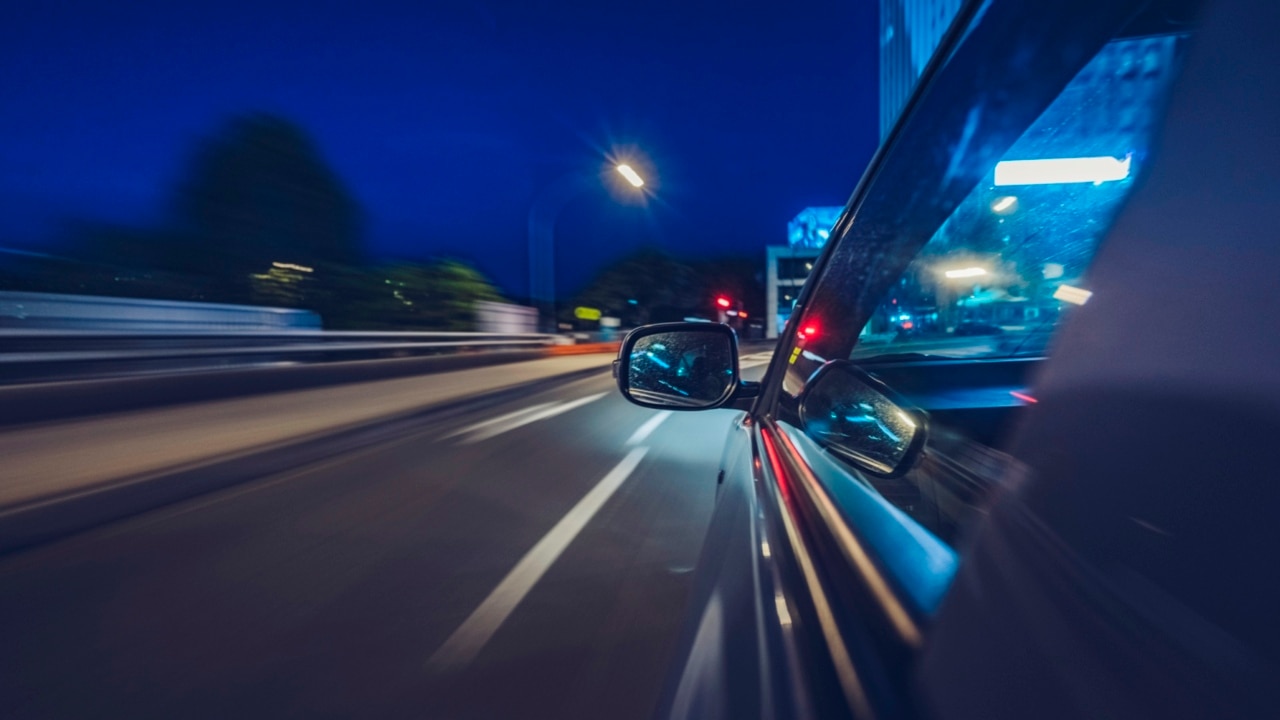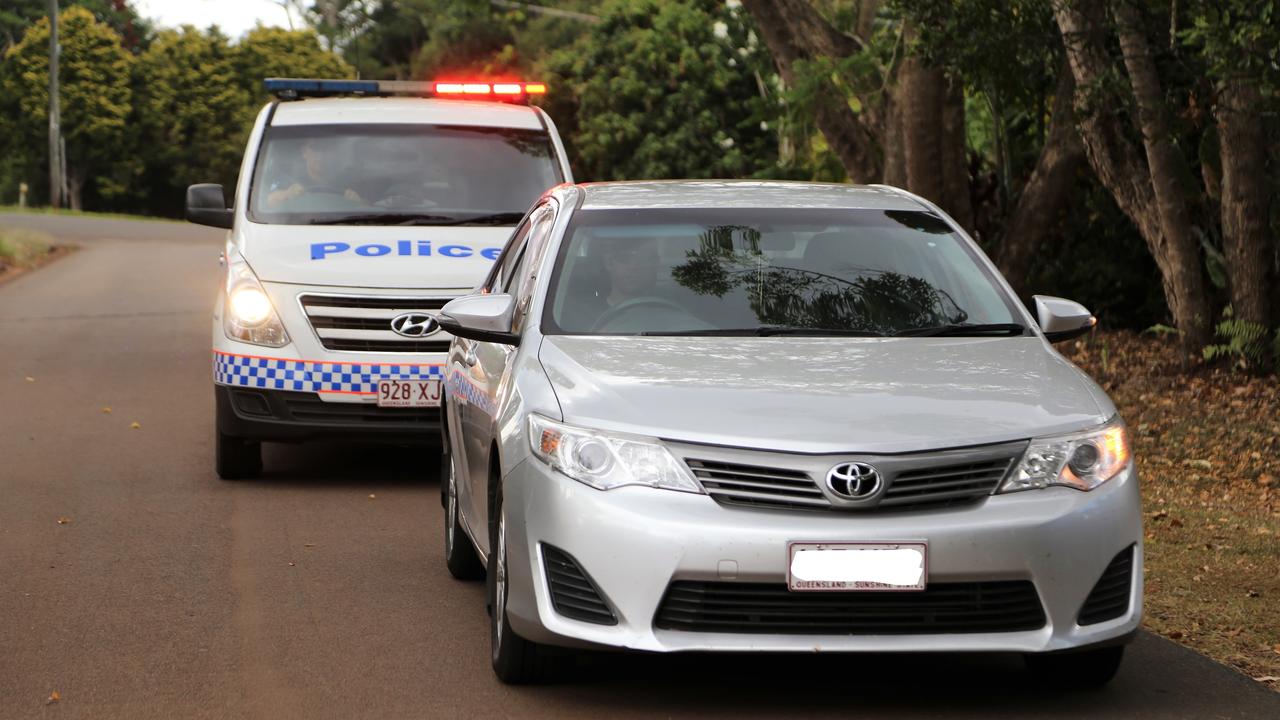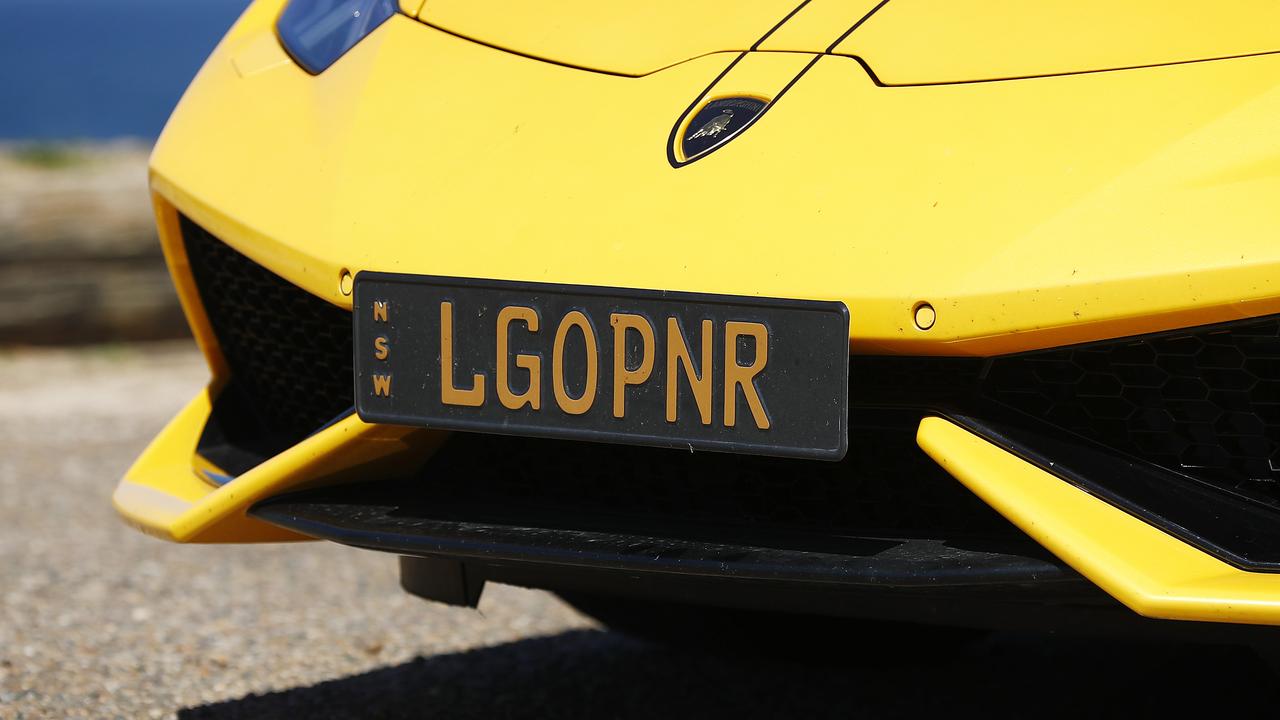The big issue with controversial 40km/h road rule for NSW drivers
A CONTROVERSIAL “go slow” law that comes with a hefty fine is confusing motorists and putting them in danger.

A NEW road rule forcing NSW drivers to slow down to 40km/h around stopped emergency vehicles has been met with safety concerns, but the state’s Roads Minister has told drivers to just use “common sense”.
The new law came into effect on September 1 and requires motorists to slow down to 40km/h when passing a stationary emergency vehicle — which includes police cars, fire engines and ambulances — displaying blue and red flashing lights.
Similar rules are already in place in Victoria, Western Australia and South Australia but it’s introduction in NSW has been met with fierce backlash.
There are concerns that forcing drivers to slow down to 40km/h with little warning is a major safety risk, particularly for vehicles travelling in high-speed areas.

The Motorcycle Council of NSW said that, while making the roads safer for emergency workers is important, this rule may do more harm than good.
“By suddenly reducing the speed limit on a major carriageway to 40km/h are we swapping the safety of emergency workers for the safety of ordinary motorists,” the council said in a statement.
“Anyone who has driven on a high speed road knows the effect of braking suddenly from 110km/h to 40km/h.
“The resulting snaking of traffic can produce a trail of rear end collisions, and more often than not this is what happens.”
The new rule is particularly problematic for larger vehicles such as trucks, as it takes them a lot longer to reduce their speed compared to cars and motorcyclists.
In response to these concerns, NSW Roads Minister, Melinda Pavey, said it is up to motorists to assess whether it is safe to slow all the way down to 40km/h.
“To slam your breaks on to get down to 40 is dangerous and no one expects people to be driving in an unsafe manner,” she told ABC radio.
“We must be aware of what is behind us, appreciating and respecting that it takes a truck a lot longer to slow down.

“We are expecting common sense to be a very big part of this and we don’t want our drivers or anybody to be put into danger.”
The Centre for Road Safety advises motorists to slow down in a controlled manner when they first see the emergency flashing lights, while also taking into account current road conditions and surrounding vehicles.
Ms Pavey agreed with this, saying motorists should “slow down towards 40” when they see stationary emergency vehicles with blue and red flashing lights.
However, there is still confusion around what drivers are actually expected to do as the law states they must slow down to 40km/h, not just do their best to slow towards 40.
Drivers caught not following the rule can cop a $448 fine and three demerit points, along with a maximum court penalty of $2200.
There have also been questions about how police will decide who to fine now that there is confusion surrounding whether drivers have to be going exactly 40km/h.

“I think police will be supervising this and be very sensible in their approach,” Ms Pavey said.
She said that reaching 40km/h when driving past emergency vehicles is the “premise of the law” but may be open to “interpretation” by police so long as motorists are slowing down in a safe manner.
The change comes as part of a push to provide extra protection for emergency workers when they are stopped on the road, as well as for the people they are attending to.
Vehicles travelling in both directions are affected by this rule, unless the road is divided by a median strip, in which case only the motorists travelling on the same side as the emergency vehicle must slow down.
Drivers must keep their speed at 40km/h until they are far enough away from the vehicle to avoid causing danger to anyone in the vicinity.
There will be a 12-month trial period for the new rule, during which time the NSW Government will work with police to monitor the impact it has on traffic and road safety.





